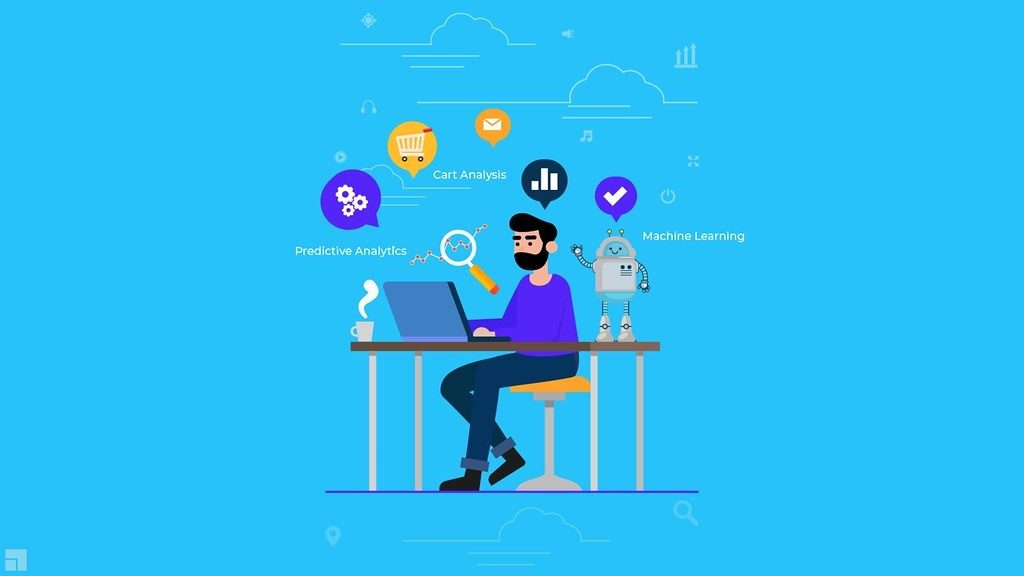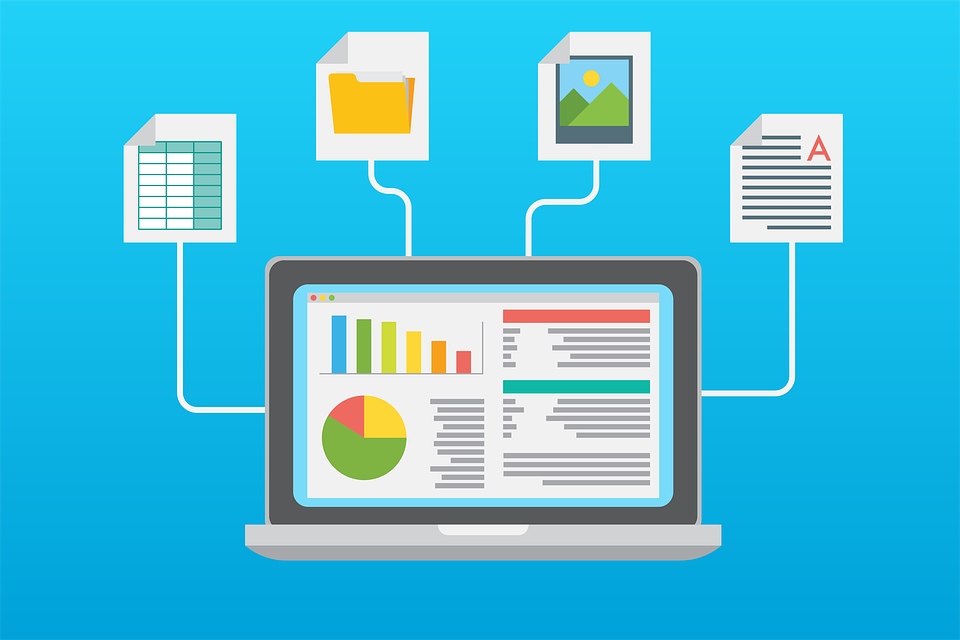Predictive analytics is the use of machine algorithms and machine learning techniques to identify the possibility of future outcomes using historical data. The idea is to look at what has happened to give a reliable assessment of what will happen in the future.
In as much predictive analytics has always been here with us, the technology behind it is developing into a promising part of the study. Organizations are turning this form of prediction to increase their competitive advantage.
Predictive analytics is an automated sophisticated decision-making tool used in prediction and give updates on the changing events to the advantage of those who depend on the projections.
7 Applications of Predictive Analytics

1. Customer Relationship Management (CRM)
Marketers use this technology to achieve their objectives in marketing campaigns, customer service, and sales.
Analytical results of CRM can be used throughout the entire cycle of customers’ life cycle. This solution is applicable when a customer is acquired and goes through relationship building, retention, and winning them back.
2. Health Care
Predictive analytics in the field of health help in determining the patients who are at risk of developing certain conditions such as asthma, diabetes, high blood pressure, and such as lifestyle illnesses.
The support systems used in hospitals have predictive analytics to be used alongside the one deciding on the data at the first point of care.
3. Collection analytics
The applications, in this case, optimize the allocation of collection resources through the identification of the collection agencies, legal actions, and contact agencies to increase chances of recovery, therefore, reducing collection costs.
4. Cross-Selling
The applications used by predictive analytics perform customers’ analysis of spending, behavioral, and usage to determine the reason why they are buying from competitors.
The answer to this is an efficient cross selling and an increase in sales to the customers of an organization that sells multiple products.
5. Fraud Detection
Predictive analytics are useful in finding discrepancies in credit applications; detect fraudulent operations that are done on and offline. The applications can identify identity thefts and insurance claims.
6. Risk Management
The applications used test the best portfolio or assets that you can put a premium on to give a maximum return in capital.
The predictive analytics methods use an asset-pricing model and probabilistic risk assessment to yield an accurate forecast.
7. Direct Marketing
It helps in the identification off the most effective product combination, marketing material, timing, and communication channels that the marketing can use to maximize their potential.
The same marketing tactics are capable of targeting a particular customer.
8. Underwriting
The underwriting of quantities and probability of getting ill, being bankrupt, and default some payments depend on predictive analytics.
The analytics outcome is used in the determination and streamlining the process of customer acquisition through future predictions and risk behavior. All these are possible using data from the customer.
The Recipe for Predictive Analytics

As an engineer, data analysts, or an entrepreneur, predictive analytics has a crucial role to play in your day-to-day job. Here are some standard steps any person handling predictive analytics should follow.
The first thing to do is to know what you want to know about the future based on current and historical events. What do you want to understand about the prediction, who are the beneficiaries of the prediction outcome, what decisions are likely to be made from the insights, and what actions do you intend to take or should be taken after the prediction is known
Secondly, where to get data? A data manager should handle the information collected directly from the clients by use of software or a third party.
The cleansing and isolation of data not relevant in predictive analytics should commence. The person or people handling such information should have experience in both data management and business problem. Definition of the target is as essential as how the interpretation of the target comes along.
Data preparation is time consuming and needs proper time allocation in the whole of this predictive analytics thing. The third step is to build the model. The introduction of model building software means that anyone can build an analytical model.
The help of a data analyst is vital because a technical person with good knowledge of information technology should help in deployments. Model deployment is what will correctly give results.
The fourth and final step is to bring the entire team together and work as a unit. People need to know what the analysis is all about such as the data analysts, business strategist, and an analytic model builder for better outcome on predictive analytics.
Author: Cathy Carter














